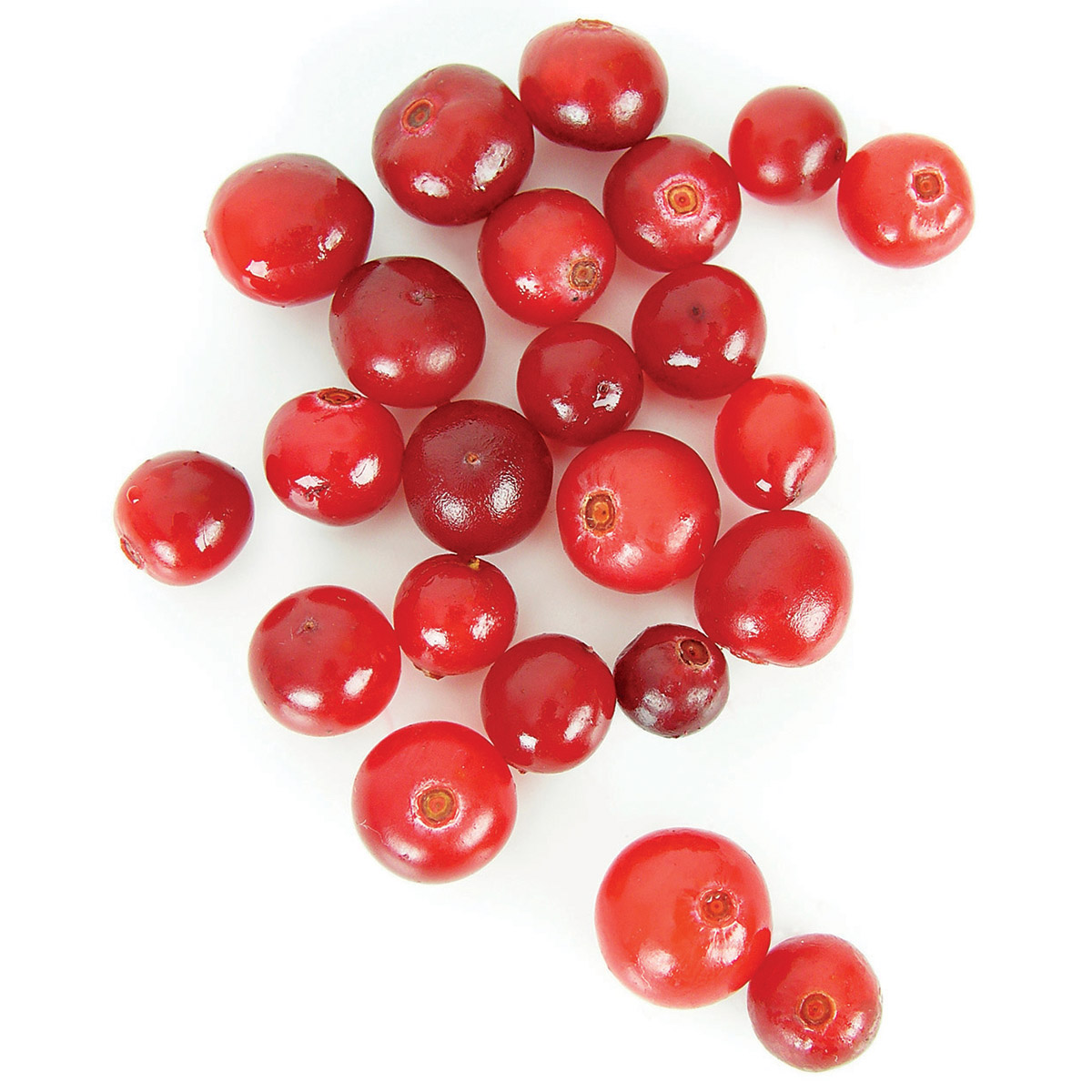The Cranberry Boom in Massachusetts, By the Numbers

iStockphoto
For centuries, the acerbic cranberry has been an economic boon for the Bay State. Called ibimi or “sour berry” by the Wampanoag—who used it for everything from dye to tea—the fruit was roundly ignored by colonists until they tried sweetening it with honey. As you tart up your turkey with the iconic sweet-and-sour sauce this Thanksgiving, consider these berry cool facts.
The total annual value of Massachusetts’ cranberry crop is $99.8 million (making it the state’s most valuable agricultural commodity).
6,900 jobs within the state are tied to the cranberry industry.
10–20 acres make up a typical cranberry bog in Massachusetts.
13,500 total acres of cranberry bogs are estimated to exist in the state.
30 percent of the global cranberry-crop acreage is located in Massachusetts.
415 farms produce cranberries in Massachusetts (more than 300 of which are in Plymouth County).
1.9 million barrels of cranberries were grown here in 2014.
2.19 million barrels were harvested throughout the state in 2015.
10 different vitamins are contained within a cranberry.
8 different minerals are contained within a cranberry.
The average pH range of a cranberry is 2.3–2.5 (hence its acidic taste).
One barrel of cranberries weighs 100 pounds.
4 chambers make up a cranberry (which is why it floats when the bogs are flooded at harvest).
86 calories are in a serving of cranberry sauce.
The ratio of vodka to cranberry juice in a classic Cape Codder is 1:4.
Ocean Spray does nearly $2 billion in sales, peddling berries from Boston to Beijing.


